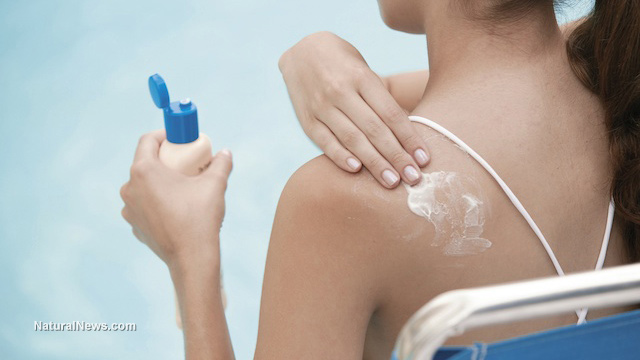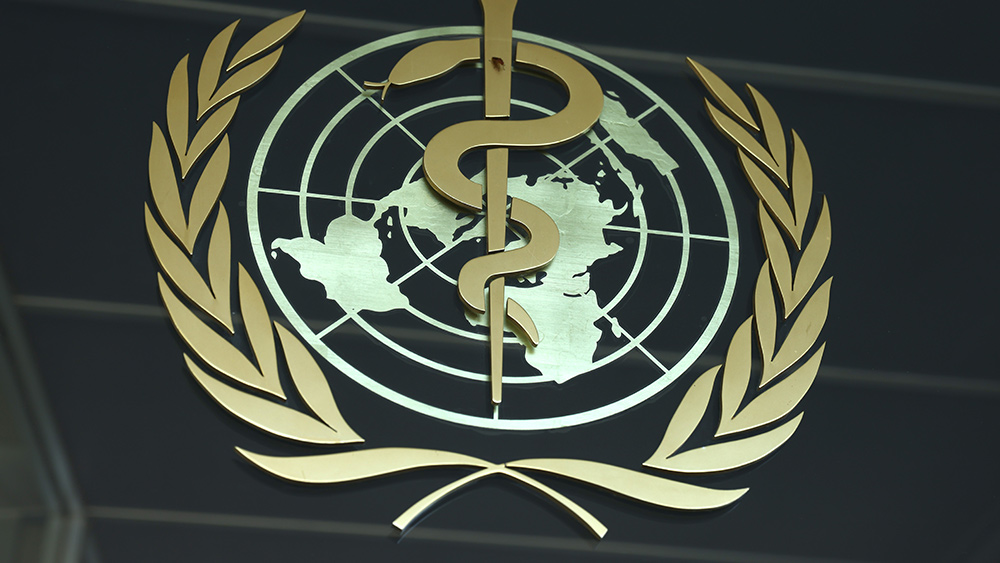
In a press release, George Mason University College of Public Health Professor Michael Bloom shared the findings of the study he led, cautioning: “We found associations between recent use of different skin care products and higher concentrations of phthalate and phthalate-replacement compounds.”
Phthalates are known for disrupting the human endocrine system and interfering with hormones, which is something that is particularly concerning in children, whose systems are still developing. These chemicals are often added to skincare products to improve qualities such as absorption and lubrication and make their fragrances last longer.
More than 600 children between the ages of 4 and 8 participated in the study across 10 clinical sites in the U.S., which entailed physical exams and urinalysis to detect the presence of phthalate byproducts in their bodies.
The children's parents disclosed the skincare products that they had used on them during the 24 hours prior to examination, including shampoos, lotions, soaps, sunscreens and cosmetics. According to the researchers, the use of skincare products in the study's participants was frequent, with most of them using at least one type of lotion and soap.
The study revealed that exposure to these toxins is linked to differences in immune function, neurodevelopment, body composition and pulmonary function. Although the researchers conceded that the evidence cannot be considered definitive right now, parents should proceed with caution given the many health hazards that have already been associated with phthalates.
The researchers also broke down their findings based on race and ethnicity. They found that black children had the highest rate of phthalates in their urine, potentially because of how frequently they used products or the types of products they used.
Parents need to be vigilant when it comes to the ingredients in children’s skincare products
Bloom, who has worked on a number of other studies looking into the dangers of these chemicals, said that parents should check product labels carefully to identify any toxic ingredients and conduct research online to find out more about the skincare products they are considering purchasing.
Some of the most common phthalates consumers might see on ingredient labels include monoethyl phthalate (MEP) and diethyl phthalate (DEP), but it is important to keep in mind that current FDA regulations do not require product manufacturers to list the individual flavors or fragrances they use in their products and their specific ingredients as this is considered proprietary information. This means that it can be hard to tell whether there are phthalates in the fragrances used in products. The best approach, therefore, is to avoid products that contain scents and flavors.
It is also possible for these toxins to migrate from the plastic packaging of skincare products into the product itself. Bloom suggested that policy changes may need to be implemented to limit children's exposure to these chemicals. It is also worth noting that some phthalate replacement compounds that are used instead of phthalates may also be toxic.
Bloom's study did not look directly into the health risks associated with these chemicals, but previous studies have shown their impact on hormone function as well as their ability to induce inflammation and oxidative stress. From metabolic disease to reproductive problems, numerous toxic effects have been linked to the use of these chemicals. Although more studies are needed, it can be a tricky topic to navigate given the ethical concerns involved in studying exposure to phthalates in children.
Sources for this article include:
Please contact us for more information.






















